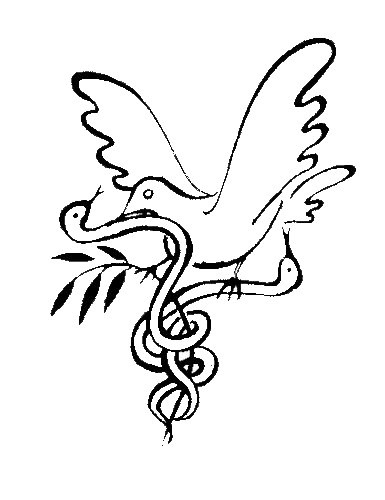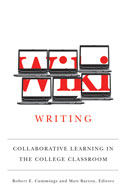 This summer, Bruno Latour was our tour guide – leading the way, not out of The Cave, but beyond the entire Cave System. Along the journey I also learned about a very interesting pedagogical technique intended to take engineering students on a similar journey.
This summer, Bruno Latour was our tour guide – leading the way, not out of The Cave, but beyond the entire Cave System. Along the journey I also learned about a very interesting pedagogical technique intended to take engineering students on a similar journey.
Students at Sciences-Politique and Ecole des Mines in Paris, as well as at MIT in Boston are learning to map techno-scientific controversies according to a method which embodies Actor-Network-Theory (without all of the heavy theoretical jargon). Past projects can be found at the Mapping Controversies web site, and Bruno Latour himself explains the project and its aspirations in this video.
Many of the possibilities explored in these new media projects are related to a broader question I have been interested lately concerning the impact that technology is having on epistemology itself. How is technology and new media changing what is knowable and how we go about knowing? I wrote an essay last Spring, The Bionic Social Scientist: Human Sciences and Emerging Ways of Knowing, which begins to explore these questions, and it is wonderful to see more examples of these ideas materializing around us.
The Mapping Controversies pedagogy involves teams of students taking on the role of statistician, investigative journalist, scientist, and webmaster, working to research and represent a controversy. They discover (and depict) that concepts themselves vary depending upon who is speaking about them, and attempt to map these relations and progressions over time.
I can imagine this technique displacing the traditional 5 ‘W’s of journalism – The venerable Who, What, When, Where, & Why needs to b upgraded to a multi-dimensional, post-modern, reality. What varies and depends upon who, where, and when, and without the kinds of research and representations that the Mapping Controversies project is pioneering, we will never adequately capture the multiplicities of whys. I don’t know if these kinds of representations are intermediate forms of research, or if one day they will be part of the final production delivered as news to readers, but it is an important question to begin to grapple with.
Right now, the Mapping Controversies sites are somewhat anti-social – they are fixed, one-way communications, but from the introductory video, they hope to change this soon. At the moment, each map is also a unique work of art. While it is premature to confine anyone yet to the paradigmatic blinders of conformity, I also think it is imperative for us to begin to imagine and develop a visual vocabulary that we can re/use when representing these kinds of relations.
In the field of information visualization, researchers are beginning to catalog Information Design Patterns that maps like this could build upon. Of course, riffs and variations from these patterns are welcome, where significant and meaningful, but a common starting point will improve the communicativity of these maps. As these patterns solidify, the corresponding implementation patterns can grow along with these efforts, as tools like Ben Fry’s Processing Framework (recently ported from java to javascript, which is much more web friendly, and used extensively in the MOMA’s Design and the Elastic Mind exhibit), will begin to institutionalize the knowledge learned in constructing these maps.
And, of course, all of the code and content used to create these projects should be free and open, so the world can learn and improve on their foundations.
 6 credits and another season later, I have two more essays to show for the time indentured to my phd program. One of these years I might even save up enough flakes for a snow bank.
6 credits and another season later, I have two more essays to show for the time indentured to my phd program. One of these years I might even save up enough flakes for a snow bank. Filed by jonah at 11:01 pm under earth,metaphysics
Filed by jonah at 11:01 pm under earth,metaphysics

 3 Comments
3 Comments


 Have I ever mentioned how cool these newfangled
Have I ever mentioned how cool these newfangled  It’s been a few weeks since I first
It’s been a few weeks since I first 
